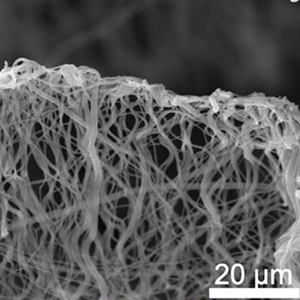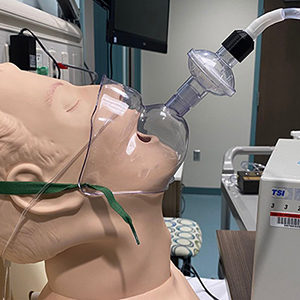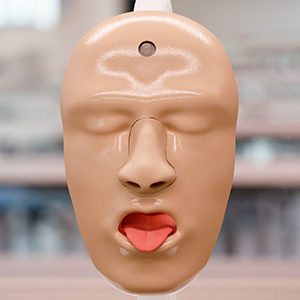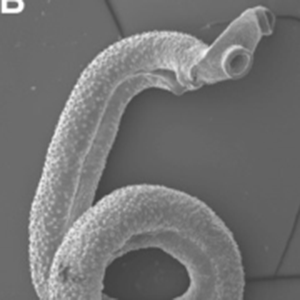Description
Design outperforms traditional cotton and flocked swabs in collecting pathogens, including SARS-CoV-2
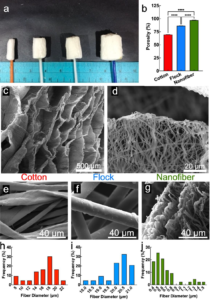
Material characterization. (a) Image demonstrating the ability to make different sized nanofiber swabs. (b) Porosity of each swab type. (c, d) SEM image showcasing macro- and microscale pores characteristic of nanofiber swabs’ hierarchical structures. (e-g) SEM images of cotton, flock, and nanofiber swabs’ comprising fibers and (h-j) frequency distribution of each swab’s fiber diameters.
In head-to-head tests, the nanofiber swabs showed improved absorption and release of a variety of samples including cells, bacteria, and viruses.
Unlike traditional swabs, nanofiber swabs were able to collect SARS-CoV-2 virus from diluted samples.
The enhanced properties of the nanofiber swabs may help improve the overall accuracy of diagnostic tests.
Additional applications include use in forensic sciences, where obtaining small molecules such as DNA can be exceptionally challenging.
To discuss licensing opportunities please contact Amanda Hawley, PhD, at ahawley@unmc.edu or 402-310-5602.

